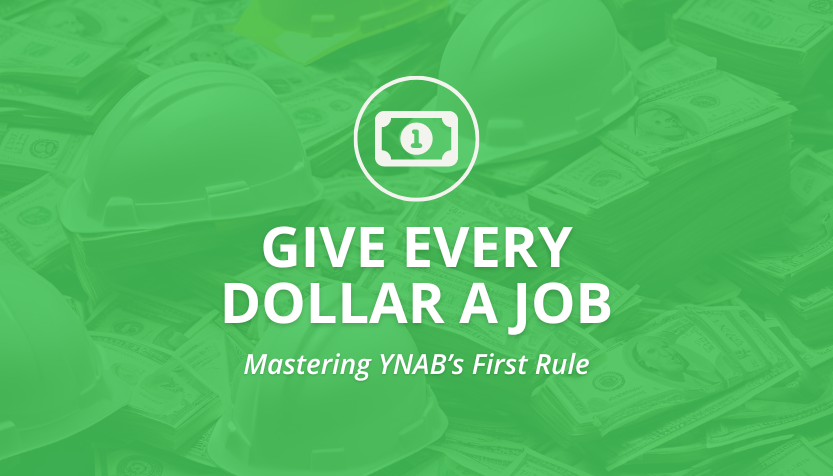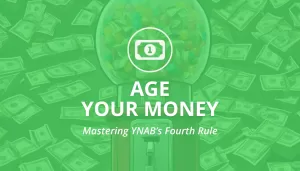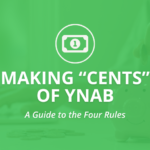Give Every Dollar a Job: Mastering YNAB’s First Rule
- By Brett Schaffner
- In Budgeting

Imagine you’re the director of a blockbuster movie, and your budget is your cast. Each dollar is an eager actor waiting for their role. Without a clear role, they’ll wander aimlessly around the set, causing chaos. That’s your money without YNAB’s first rule: Give Every Dollar a Job.
The Art of Assignment
The beauty of this rule lies in its simplicity and effectiveness. By assigning each dollar a specific job, you eliminate the guesswork and anxiety of wondering whether you have enough money for the essentials and your goals. It’s about proactive management, not reactive panic when the bills come due.
How to Implement This Rule
- Start with Your Needs: Before anything else, make sure your essentials are covered. Rent, utilities, groceries, minimum debt payments – these are your financial backbone. This ensures that the must-haves are always taken care of.
- Plan for True Expenses: Next, allocate dollars to those inevitable but unpredictable costs – annual subscriptions, routine car maintenance, medical costs, and the like. Breaking these down into monthly savings prevents big hits when they come, which keeps you on your feet.
- Set Aside For Goals: What’s after True Expenses? Here’s where your priorities come in. Maybe it’s paying down debt, saving for a down payment, or even a vacation. Assign dollars to these categories next. Every dollar should contribute to your broader financial picture, not just immediate needs.
- Leave No Dollar Behind: Any leftover money (if you have any by this step) should be given a purpose, as we give EVERY dollar a job. This could be extra debt repayment, more savings, or even a “Random Fun 🥳” category because, yes, fun is actually a necessary budget category too.
What If There's Not Enough?
What if your dollars don’t stretch to cover every category initially? That’s totally normal, especially if you’re just getting started. Start by asking yourself, “What does this money need to do before more money arrives?” This approach helps you prioritize expenses. For instance, if it’s currently payday on the 30th and rent is due on the 1st while your electricity bill is due on the 16th, you’ll assign the current money to rent knowing that another paycheck will arrive on the 15th which can cover the electric bill. Gradually, as you build your buffer, you’ll fund more categories upfront, smoothing out your financial flow month by month.
TRY YNAB FREE FOR 34-DAYS
Creating Intentional Scarcity
Even when you have ample funds, assigning every dollar a job creates a form of beneficial scarcity. This process forces you to confront your priorities and actively decide how you want your money to work for you. Rather than lumping money into a vague ‘savings’ category (as so many of us were taught to do), allocating money to specific goals like ‘house down payment,’ ‘charitable giving,’ or ‘2026 vacation’ prompts more conscious spending decisions. Each decision – whether to reallocate funds to cover immediate needs or stick to your goals – becomes a deliberate choice, aligning your spending with your true priorities.
Wrapping Up
Giving every dollar a job isn’t just about control – it’s about creating a sense of peace and confidence in your financial life. When every dollar knows where to go and what to do, you can relax and enjoy the show, knowing your financial production is destined for the big screen with rave reviews for years to come.
Don't Know Where to Start?
Struggling to give every dollar a job? As a certified YNAB coach, I’m here to help you get those dollars working. Together, we can ensure that every dollar knows its job and is working hard to support your financial goals and reduce your stress.
- Share:
You may also like

Age Your Money: Mastering YNAB’s Fourth Rule
- September 28, 2024
- by Brett Schaffner
- in Budgeting

Roll With The Punches: Mastering YNAB’s Third Rule

Embrace Your True Expenses: Mastering YNAB’s Second Rule


